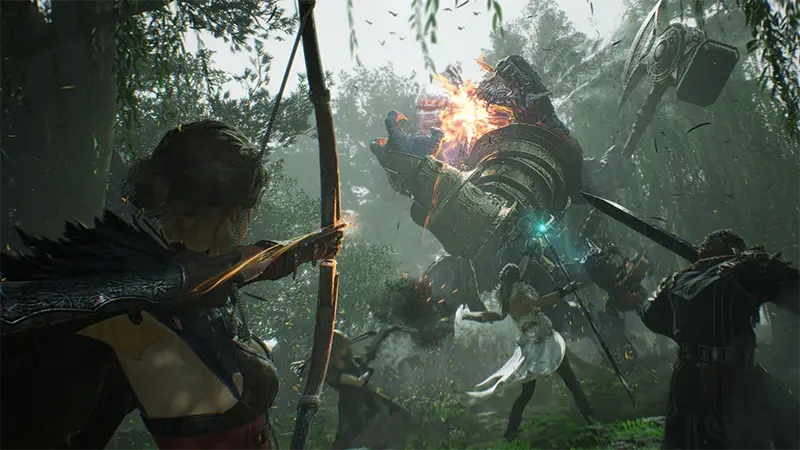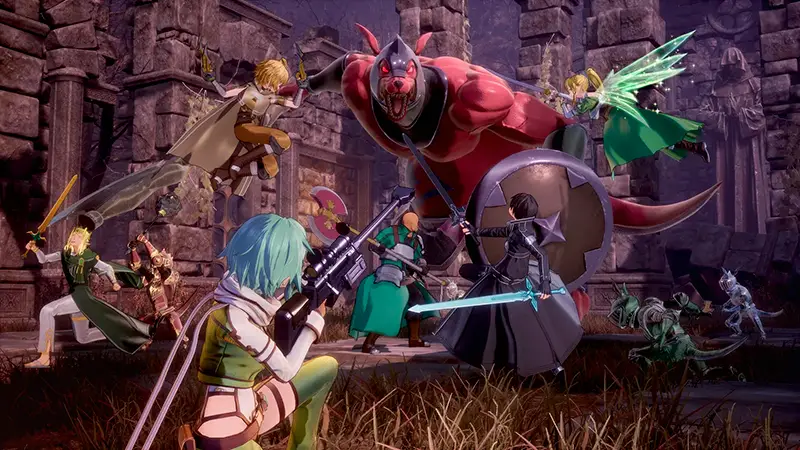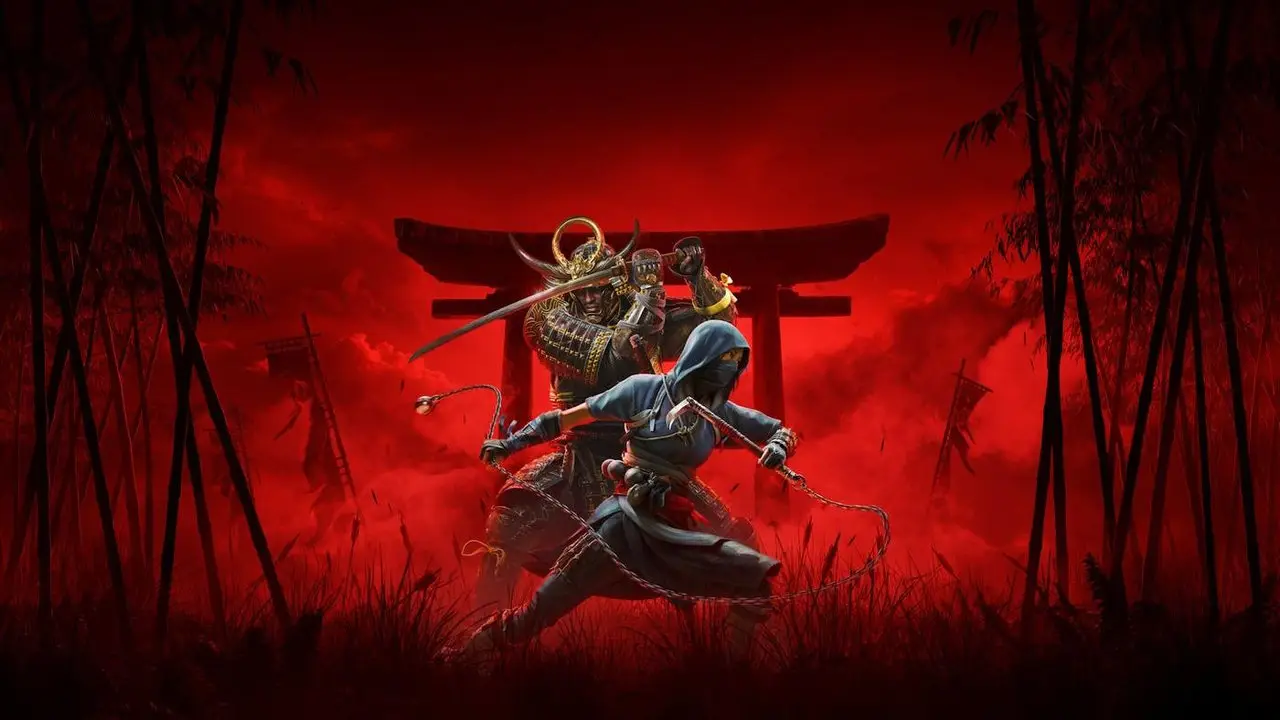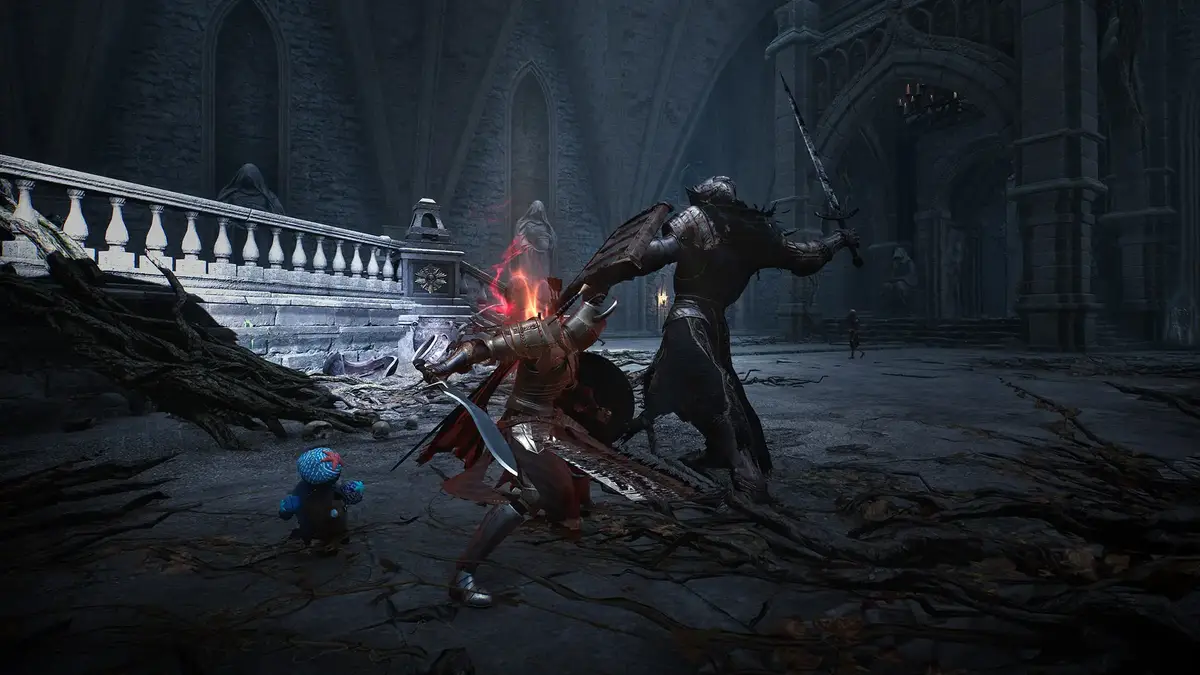RPGs offer a unique immersive experience in a fictional world where you can develop your character, complete exciting quests and interact with thousands of players. The genre’s popularity is skyrocketing, and today the best free online role-playing games can compete with premium projects on the level of graphics, gameplay and depth of the plot.
The main advantage of such projects – the complete absence of the need to pay for access. Free online games in Russian offer quality content available without investment. They are supported by a monetisation system that includes in-game purchases, while allowing you to enjoy the gameplay without the mandatory donation.

In the review, you will find the top 4 free online RPGs that have already been recognised by players and critics. They offer a deep plot, advanced mechanics, a developed community and constant updates.
How to identify a quality RPG
The variety of online role-playing games makes it difficult to choose, so it is important to know the basic criteria by which you can determine a worthwhile project:
- Freedom of action. In the best RPGs are allowed to choose: what path of development to choose, what quests to pass, and with which characters to interact.
- Depth of the plot. Interesting twists and turns, non-linearity and variation of solutions make the game more lively and exciting.
- Character Development. The ability to improve skills, change the appearance of the character and pick up equipment makes the game varied and increases interest in replaying.
- Graphics and world design. Quality visuals make the experience more atmospheric.
- Community and support. The best free online role-playing games have built-in social mechanics that allow you to interact with other players, create guilds and participate in large-scale PvP battles.
Top 4 free online role-playing games (RPGs): what to choose in 2025
 Popular free online RPG games were selected according to several important criteria. The main focus was on the quality of gameplay, depth of the story, visuals and developer support. Community activity played an important role, because interactive platforms become truly alive only through the interaction of players.
Popular free online RPG games were selected according to several important criteria. The main focus was on the quality of gameplay, depth of the story, visuals and developer support. Community activity played an important role, because interactive platforms become truly alive only through the interaction of players.

Special attention is paid to character development systems, class balance and content variation. The best free online role-playing games allow you to go through the story in different ways, create an exclusive game hero and choose the style of play. You don’t have to pay for content, and in-game purchases don’t interfere with your enjoyment of the gameplay.
What to play for free online in 2025
The market of role-playing games is rapidly developing, and every year dozens of new developments are released. Not everyone can keep the attention of gamers for a long time. In 2025, projects that offer deep gameplay, high-quality graphics and a variety of mechanics remain popular. Let’s take a look at the ones that are enjoying success:
- Project X – MMORPG with a huge open world, where each location is filled with secrets and special quests. The variety of classes and the ability to create your style of combat make the game one of the most flexible in the genre.
- Legendary Quest is a strategic RPG with elements of tactical combat. In this project is not only important individual skill, but also tactical thinking, allowing you to build complex battle strategies.
- Eternal Worlds is an online role-playing game that offers a developed economy system. Here you can trade, create your settlements and participate in large-scale PvP battles for resources.
- Shadow Realms – dark fantasy with a non-linear plot. Gloomy atmosphere, moral choices and unexpected plot twists make this RPG one of the most exciting.
Each of these games offers high-quality content available without financial investment.
Should you play Free-2-Play online games?
The popularity of free online role-playing games is due to the affordability and wide opportunities they offer. However, such projects have both advantages and disadvantages.
Pros:
- complete free of charge – possibility to play without investment;
- high level of development – high-quality graphics and a deep plot;
- social aspect – guilds, PvP and co-operative raids.
Minuses: In some games, you still need to donate to get plushies.
- Grind – sometimes character development is too long and becomes a torment.
Nevertheless, the best free online role-playing games offer a balance between convenience and opportunities for all players.
RPG games: what makes them fascinate players
Online role-playing games stand out among other genres due to their depth and personalisation possibilities. Their main features are:
- Character development. Unlike action games, where reflexes are important, in RPGs the result depends on a well-thought-out strategy of skill pumping.
- Freedom of choice. The player decides whether to become a warrior, mage, healer or merchant.
- Deep plot. The storylines in the best RPGs are comparable to interactive books and films.
Among the genre diversity, free online role-playing games remain some of the most engaging and variable.
Conclusion
 Modern free online games in Russian offer exciting content that can draw you in for hours. The best of them stand out with detailed worlds, interesting plots and flexible game mechanics, allowing you to enjoy gameplay without mandatory investments.
Modern free online games in Russian offer exciting content that can draw you in for hours. The best of them stand out with detailed worlds, interesting plots and flexible game mechanics, allowing you to enjoy gameplay without mandatory investments.
In 2025, there will be many worthy RPG projects, among which everyone will be able to find an adventure to their liking and join a large community of players. Stay with us to keep an eye on the novelties.
 en
en  ru
ru  de
de  ar
ar  es
es  hi
hi  fr
fr  nl
nl  it
it  pt
pt  el
el 









